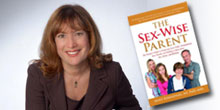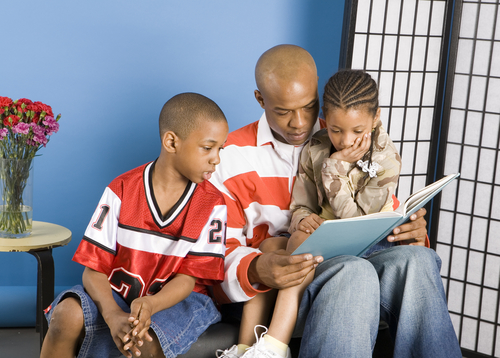The news that more than 300 Pennsylvania priests may have sexually abused more than 1,000 identifiable children during the last 70 years is shocking for the enormity of the accusation, but by now there have been enough of these tragic accusations against so many of our institutions that parents should be neither unaware of the risks to their children nor unwilling to confront those risks before their own child might be abused.
The grand jury indictments accuse the Catholic Church of covering up the abuse with criminal conspiracies of silence. Healthy institutions – and the family is the most basic institution of our society — need to break the silence about sexual health and safety, and there is never a better time than the present to do that.
Let’s start with a few basic ideas:
- Children should have medically accurate, age-appropriate facts about sexual anatomy and physiology. Little kids should know all the external parts; as kids age they need to know the internal parts and all kids need to know that sexual arousal is an autonomic reflex. Too many predators entrap kids by convincing a child they were not a victim because they became aroused. Parents can neutralize the pedophile’s devastating, all too-common tool with medically accurate information.
- Parents can open a conversation by reminding children that many people will put their own interests above that of someone else. Children may have already experienced that by being bullied or lied to or experiencing someone taking something of theirs. Abusing someone sexually is but one of the many ways people put their own feelings above those of another, and it’s one that can leave most damaging scars. Especially if faith plays a role in your family, you will want to address the difference between a person who espouses or teaches the words of your faith, and the meaning of those words. Widespread allegations of abuse = can challenge the faith of both child and family, and this is a good chance to draw a defining line between the meaning of your religion and the actions of the accused priests and the people who protected them.
- Focus on trust. Damage can cut the deepest when abuse is in the context of a trusted relationship. Pedophile priests are in our news now, but other trusted adults including physicians, educators, parental figures and coaches have been there too. Parents can support their children to trust their own instincts when something doesn’t seem right, and to trust that their parents will listen to them and support them when they share those concerns. I’ve heard stories from peers growing up in the 1960s whose parents smacked them for speaking ill of a priest when the child tried to tell about sexual abuse. I hope those days are long gone –children deserve better, and parents can do better.
Too many parents still feel uncomfortable talking to their children about sexuality, yet research shows that parents consistently underestimate the importance children place on their thoughts. Parents may feel as if they don’t know to what say, but other professionals and I can provide resources to help you. Information from the American Academy of Pediatrics, The Sex-Wise Parent books and website are but two of the places where you can find help. If you’re’ really uncomfortable, practice roleplaying with a friend, or ask your school or faith-based organization to schedule a parent workshop.
Our children deserve the very best from all the institutions designed to help bring them to healthy, productive adulthood. Parents can focus on their own children now, when headlines can be causing fear and confusion, but in the long term parents can focus on the policies, procedures and sexual climate of the institutions that serve their children.
Support for your children’s sexual health and safety must start at home and spread out into the community. Use this current spate of tragic stories to ensure there is no conspiracy of silence around sex in your home.
Dr. Janet Rosenzweig is the Executive Director of The American Professional Society on the Abuse of Children and the author of The Sex-Wise Parent and The Parent’s Guide to Talking About Sex: A Complete Guide to Raising (Sexually) Safe, Smart, and Healthy Children. For more information, read her blog , follow @JanetRosenzweig on Twitter or contact DrRosenzweig@sexwiseparent.com to schedule a program for your school or community group


